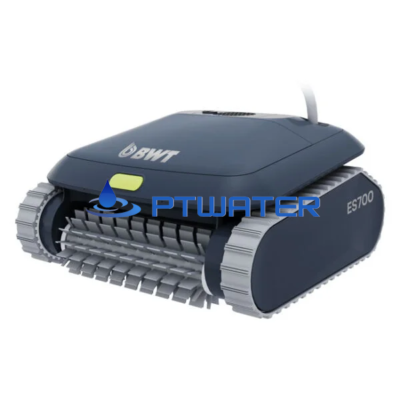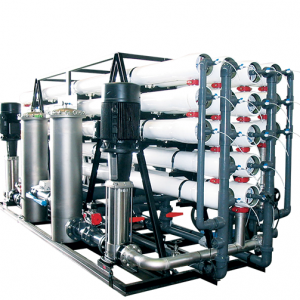



Groundwater is the source of water that is extracted from the geological layers, the depth or shallow of the groundwater extraction depends on the substance of the mining area. In addition, the quality of the groundwater after mining depends on the mineral composition and the structure of the soil layers that penetrate the water. Water in the area of geological layer is limestone, high hardness alkaline. Groundwater in geologic areas with granite and sand is usually acidic and very low in minerals. It is because the nature of underground water is exploited from different geological areas, based on which we need to design, build a water treatment system suitable for each type of water.
General characteristics of the groundwater is no oxygen, but contains many other gases such as H 2S, C O 2 , … water turbidity is low due to be filtered settled through the strata, but not a wide variety of dissolved minerals, mainly magnesium, manganese, calcium, iron and no microorganisms object.
According to research studies, underground water sources in major areas are contaminated with iron and manganese with high content, low pH of water (pH = 4), the water is pumped up very well but the iron content in water is oxidized The water will turn yellow if for a time.

NOTES: PROCESS TECHNOLOGY WATER TREATMENT
System drinking water treatment on the water pump to be processed in facilities open to reducing hydrosunfua (H 2 S), the gases dissolved in the water, reducing carbon dioxide ( CO 2 ), raising pH and dissolving oxygen. At the air ventilator, the ventilator will be blown in by the air inside the device, where a high surface contact pad is provided to enhance the dissolution of oxygen into the water. Water will be added to NaOH to facilitate optimum hydrolysis reaction.
The wastewater then enters the settling tank. Here under the effect of dissolved oxygen and pH appropriate hydrolysis reaction and precipitation occurs according to the following diagram:
Fe 2+ + O 2 → Fe 3+
Fe 3+ + H 2 O → Fe (OH) 3 ¯
Precipitate formed and settled to the bottom of the tank. In the process of descent, the precipitated particles will bind together to form large, sedimentary deposits. The water in the top of the settling tank contains sediment that does not settle, enters the trough and flows into the intermediate tank.
At the disinfection chemical tank is Canxiclorit or chlorine in solution will be supplied by the dosing pump. Microorganisms in the water under the sterile effect of the disinfectant will be completely destroyed, ensuring the water after treatment to microbiological standards. From the intermediate tank the water will be pumped into the pressure filter to remove the remaining precipitate and suspended substances to give the water the necessary clarity. The treated water will flow to the fresh water tank. From here, the pressure water supply system will transport the water to the place of use.
Periodically, the pressure filter will be cleaned and filtered to remove the precipitate, suspended deposits on the surface tank material. Water for washing the sludge and sludge will be put into the mud drying yard to separate the water. Solid residue will be retained on the material and scraped off periodically. The separated water will flow into the sewer.
Sludge from filter cleaning will be discharged to the drying area for treatment. The amount of water that separates the sludge will be discharged into the sewer. The slurry will be treated with solid waste of the area.